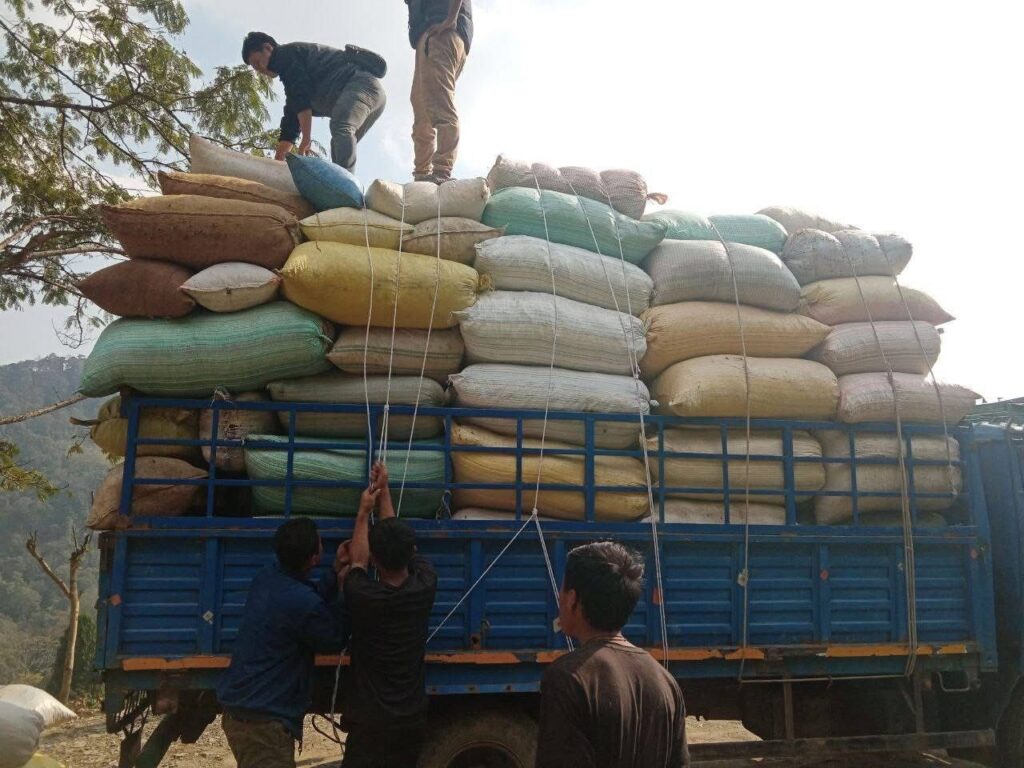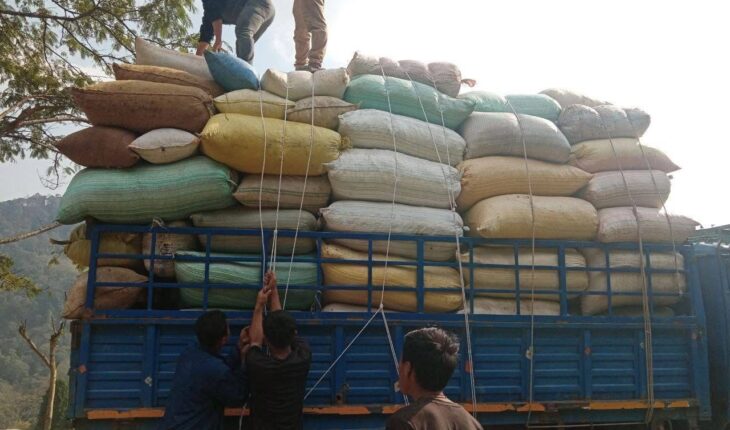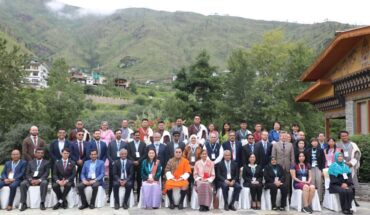
NGAWANG JAMPHEL
Thimphu
Recently, 30 households from Martsala Gewog in Samdrup Jongkhar earned a total of Nu 0.42 million through the sale of 5,272 kilograms of madder (Rubia Cordifolia) a valuable Non-Wood Forest Product (NWFP) known locally as Laniru (in Tsangla), Tsoy (in Dzongkha), and Majito (in Lhotsamkha).
The plant, also called Indian Madder, was sold through an open auction system, reflecting the success of sustainable forest-based livelihood initiatives in the region.
This newfound achievement highlights how local communities, with proper support and sustainable practices, can benefit economically from Bhutan’s rich natural resources without compromising forest health.
Rubia cordifolia is a perennial climbing or creeping herb that can grow up to 10 meters long. Its red roots are known for producing a natural dye and are also used in traditional medicine.
Although it is not found in dense forest areas, it thrives in open forests and degraded lands, making it useful for reforestation and erosion control.
To prevent overharvesting and ensure long-term availability, strict harvesting guidelines have been put in place. Harvesting is allowed only once every two years and during specific months. Community members are required to cut the plant 2 inches above the ground, ensuring the roots remain intact and allowing the plant to regrow naturally.
The Department of Forests and Park Services has handed over the management responsibilities to local NWFP Management Groups. These groups are supported through training, permits, and on-site monitoring by forestry officials.
Collection is only allowed with official permits, and both harvesting and post-harvest produce are monitored to ensure full compliance with sustainability protocols.
For the harvesters, the initiative has brought a meaningful boost to their livelihoods. “We have been collecting Laniru for many years, but this time, with the proper support and auction system, we earned much more than before,” said a harvester from Martsala Gewog.
“Now we know how to collect it properly without damaging the plant, and we feel proud that we are helping protect our forests while earning income,” he added.
Such sentiments reflect the growing awareness among community members about the importance of sustainable resource use. It also shows how empowering local people with knowledge and rights can lead to responsible forest management.
The community-based approach has empowered local people to take ownership of their resources, fostering a culture of conservation and responsible use. When communities directly benefit from the resource, they are more motivated to protect it.
The success of this initiative reflects strong collaboration between the Jomotshangkha Wildlife Sanctuary, Gewog Administration, and local NWFP Management Groups.
When villagers are interested in harvesting NWFPs like Rubia cordifolia, they approach the Gewog Administration. The gewog then coordinates with the park office to help form management groups and conduct a proper resource assessment.
A sustainable management plan is prepared, and auctions are organized to ensure fair pricing. The income earned directly benefits rural households, while government royalties from the sale are deposited into the national revenue account.
This creates a win-win situation—supporting conservation while also boosting the local economy.
At present, Rubia cordifolia is exported to India in raw form, where it is processed into dye and used in traditional medicine. While its uses are well-known, there is still limited knowledge in Bhutan about its full commercial potential.
Although the plant is widely harvested, no detailed research has been conducted on its ecological role in the Jomotshangkha region.
The story of these 30 households in Martsala Gewog shows that community-led conservation, when backed by clear policies and government support, can lead to real economic and environmental benefits.




